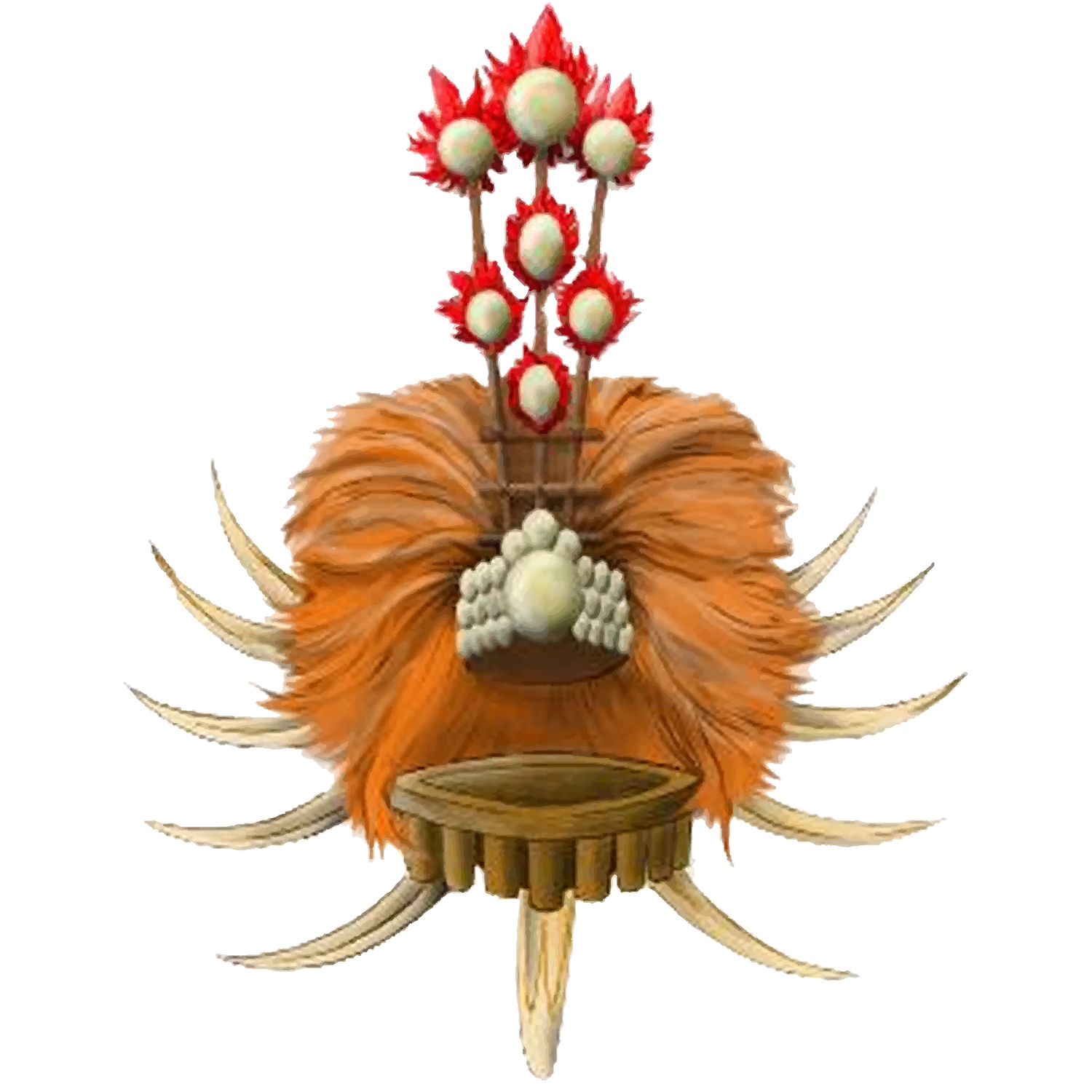about aunu’u
Aunuʻu is a small volcanic island off the southeastern shore of Tutuila in Saʻole County, American Samoa. It has a land area of 374.83 acres (0.59 sq mi; 1.52 km2), and a 2010 census population of 436 persons. Politically, it is a part of the Eastern District, one of the two primary political divisions of American Samoa.
Aunuʻu Crater contains the freshwater Faʻamulivai Marsh, the largest such wetland in American Samoa. It was formed from the drainage of the low-lying crater. It is part of a protected National Natural Landmark on Aunuʻu that was designated in 1972. The Pacific black duck was seen in the marsh in 1976, but it may now be extinct in the region; another significant local bird is the purple swamphen. This marsh is the only place in American Samoa where the Chinese water chestnut grows
Since the 1960s, the Aunuʻu people's main economic activity has been growing taro and producing faausi.
HISTORY
1500-900 BCE - The earliest human settlement of the Samoan archipelago is estimated to be around 2900–3500 years before the present (1500-900 BCE). This estimate is based on dating the ancient Lapita pottery shards that are found throughout the islands. The oldest shards found so far have been in Mulifanua and in Sasoaʻa, Falefa. The oldest archaeological evidence found on the islands of Polynesia, Samoa and Tonga all date from around that same period, suggesting that the first settlement occurred around the same time in the region as a whole to include Aunuʻu.
100-600AD - The first recorded settlers of the Marquesas were Polynesians who arrived from West Polynesia. Early attempts to carbon-date evidence from the site suggested they arrived before 100 AD, with other estimates proposing settlement from 600 AD, but several more recent independent studies suggest that they arrived more recently. In Te Henua ʻEnana (North Marquesan) and Te Fenua ʻEnata (South Marquesan) oral history - Aunuʻu is possibly mentioned in Moriori genealogy as Raunuku. Kahotu, King of Aunuu, coincides with Kopotu, sixth King of Tonga. Tona-Nui appears in the title of the eighteenth King of Tonga—Havea-Tui Tonga-Nui-i-buibui (N.B.—Modern Tongan for Nui is Lahi). This is their oral history of where their original settlers came from.
1835 - A whaling vessel set out from Aunuʻu for the Manuʻa island and was lost at sea with all of its crew in the vicinity of Aunuʻu.
1863 - On January 24, 1863 the first Mormon Missionary, Kimo Belio and Samuela Manoa, of Hawaii arrived in Aunuʻu and were accepted by the Aunuʻu Matai.
1877 - In this year war commenced in Tutuila. High Chief Mauga rebelled against the Government of Tutuila, the Taimua and Pule, where on December 8, 1877 Mauga escaped to Aunuʻu where he was defended by Aunuʻu island warriors from its natural fortress.
1887 - King David Kalākaua of Havaii sent his ship the Kaimiloa to Samoa to seek political alliance with another Polynesian nation. On June 15, 1887 the Kaimiloa arrived in Apia Harbor. With the German presence at Apia Harbor, the Kaimiloa trip was nothing more than a visit. Before returning to Hawaiʻi a few Hawaiʻians left the Kaimiloa to reside on the Samoan Island Aunuʻu and marrying Samoans. Pa Taua, on the west coast of the village of Aunuʻu, is the site of ruins that were once towers used to hold the four cannons from the Kaimiloa, a Hawaiian Kingdom steamer. The cannons were used by the people of Aunuʻu to repel a canoe fleet invasion and are now on display at the Jean B. Haydon Museum in Pago Pago.
WILDLIFE
Aunuʻu has a population of around fifty gray ducks (anas superciliosa), locally known as toloa. Pairs of these birds have also been sighted in Futiga, Nuʻuuli, Alao, and Leone, however, they may not be based on those islands; they may belong to the population that lives on Aunuʻu.

